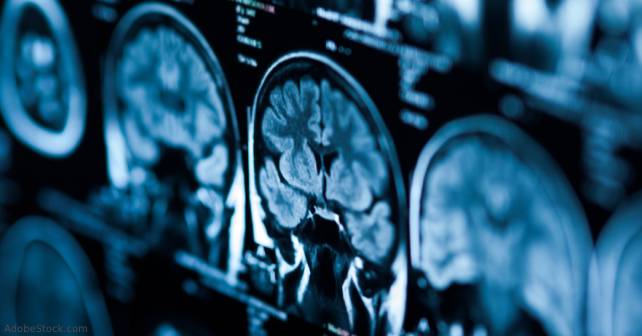
Dispatch and Destination, On-scene, and Transportation
Explore This Issue
ACEP Now: Vol 42 – No 10 – October 2023- All regions should have an organized trauma care system with comprehensive documentation of each encounter including time, assessment, and care provided.
- Emergency Medical Services (EMS) should establish specific protocols directing destination decisions for patients with suspected traumatic brain injury (TBI).
- Pediatric patients with suspected TBI should be treated in a pediatric trauma center or in an adult trauma center with added qualifications
to treat children in preference to a Level I or II adult trauma center without added qualifications for pediatric treatment.
- Pediatric patients with suspected TBI should be treated in a pediatric trauma center or in an adult trauma center with added qualifications
- Patients with suspected moderate-severe TBI should be transported directly to a facility with immediately available computed tomography (CT) neuroimaging capabilities, prompt neurosurgical care, and the ability to monitor intracranial pressure and treat intracranial hypertension.
- While direct transport to a trauma center is preferable for most patients, in the event that this transport is not possible, stabilization at a non-trauma center with subsequent transfer within an established trauma system may occur.
- In a metropolitan area, pediatric patients with severe TBI should be transported directly to a pediatric trauma center if available.
- The mode of transport should be selected to minimize the time to definitive interventions for the patient with TBI.[/sidebar]
Pages: 1 2 3 4 5 | Single Page





One Response to “Brain Trauma Guidelines for Emergency Medicine”
April 9, 2025
Cristopher AstudilloMe pareció interesante. Una información bastante valiosa para el tratamiento de TCE.
Con cuerdo mucho con uno de los partidos que dice “El tratamiento inmediato del TCE, desde la APH da una buena probabilidad de vida a los pacientes” es algo fundamental para prevenir lesiones secundarias y mejorar el tiempo de recuperación del paciente.